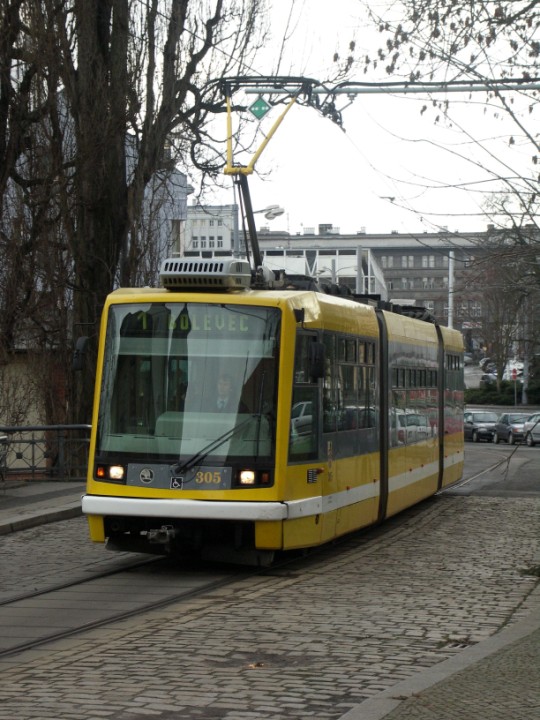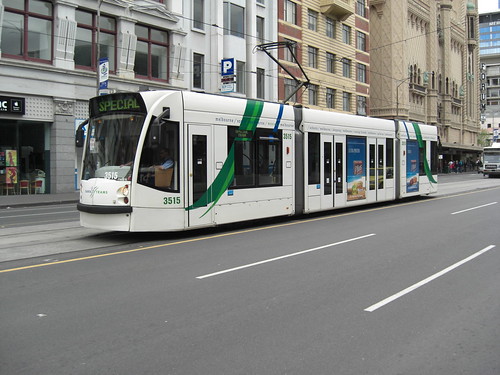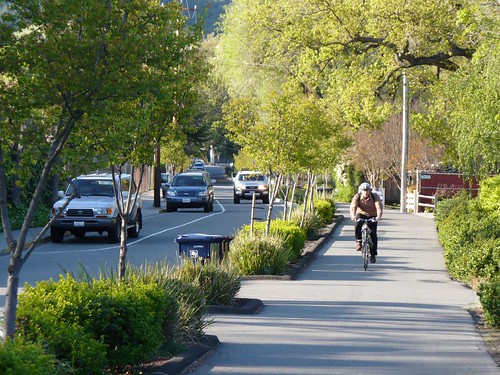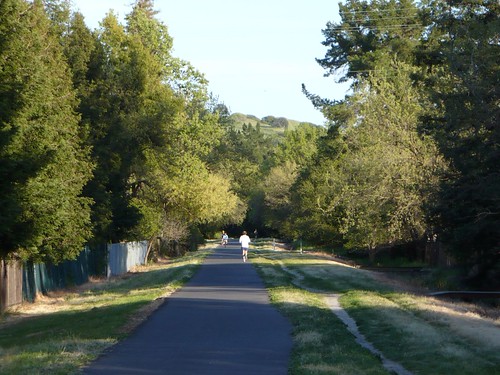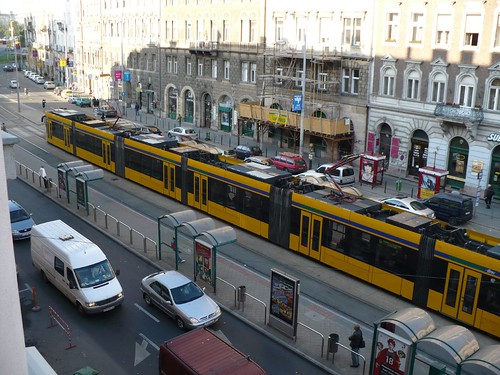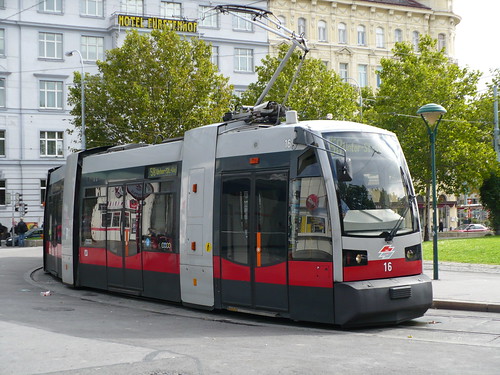This began as a response to some comments on a thread over at the
Seattle Transit Blog. Almost everyone over there on that thread is supportive of streetcars, just not how they are implemented. Some want fixed guideways, some think buses are better and others believe that streetcars are worthless.
When we look at streetcars from a purely transportation standpoint, we are missing the point. We are creating silos in which to put different aspects of the city. Transportation here, land use here, city fiscal responsibility here, and the environment here.
If we are to look at the overall benefits and needs, we see that there is a great benefit to streetcars when they are appropriate which I believe they were in Portland and Seattle given the goals of these lines. The goals implicitly or explicitly were to tie downtown to a new neighborhood that would boost walkability and livability in the city for more people. There is an important lesson for how cities benefit from transportation such as the streetcar.
1. The Corridor vs. Node
Streetcars are not meant to be rapid transit but rather pedestrian accelerators within districts and areas just outside of town. If you think that streetcars are the solution to everything, you are wrong. A system is needed but how the technology influences land use is important to the decision. Given that the streetcar is pedestrian scaled, it creates a corridor of pedestrian oriented development. This is why many of the first ring suburbs have commercial strips that were once served by streetcars. It's also why many of the former interurban lines formed small towns around the station, just like light rail creates a node of development today. Two different transit modes, two different purposes.
2. Streetcar Corridors Create More Density/Value
More density means more rooftops means more close retail means more walking. This is important because when we build new neighborhoods we want people not to do the same things they do in sprawl. The key to the streetcar is increasing the envelope for density on a corridor. In fact the streetcar in Portland pushed developers to get closer to their density maximums closer to the line.
90% of the envelope was filled one block from the line. 75% two blocks and further down. Seattle is doing the same thing. Building at higher densities that would usually be built because of developer confidence in the future of the streetcar.
But why is this important? Well it means that over the long term, that piece of land will create more tax revenue than whatever dreck was built next to the bus line. So when we look at the streetcar funding issue versus the bus, how much more value was created for the community? What is the tax creation of a 10 story building over 100 years versus a 5 story building? So in the whole scheme of things, the bus is a cheap alternative that in the end costs the city more. We need to get out of that silo.
3. It Creates the Pedestrian Experience
Part of the reason for building the streetcar and creating the density is creating a good pedestrian and street environment. Who wants a bus running by your dinner? Your coffee?

But also, the creation of a pedestrian environment and pedestrian accelerators increased the area folks are willing to walk. And the creation of more of these neighborhoods on a corridor by streetcars is important because this increased walking has been shown to reduce VMT. In fact the 7,200 housing units along the Portland Streetcar line have been estimated to reduce VMT by 53 million miles a year. Thats nothing to sneeze at and will be something that decreases greenhouse gases. But all of this is not attributable to the streetcar, but to the creation of a walkable environment from the densities and streetscapes. Developers are more willing to create these densities and places with the streetcar instead of a bus.
As I have said before, its not always about speed. Creating an environment for pedestrians means also a slower environment, a safer environment. While 43,000 a year die on the highways, I heard this weekend from Rick Gustafson of Portland Streetcar Inc that the Streetcar has had accidents, but no one has been seriously injured.
So while a bus might be more flexible, as a circulator and distributer the streetcar serves a community organizing purpose. It is not for every corridor and in fact it might animate less used streets such as the North-South streets chosen for Portland's streetcar. That does not mean that the route should travel away from the preferred corridor such as Guadalupe street in Austin and Guadalupe should have a dedicated lane due to its traffic volumes. But these are decisions that should be made based on the location and with the whole vision in mind. We need to stop thinking in our silos and think about and articulate all the benefits of certain investments from all standpoints, not just transportation and moving people. After all, thats all the highway engineers do and look what it gets us, big roads that move cars faster while killing street life.



